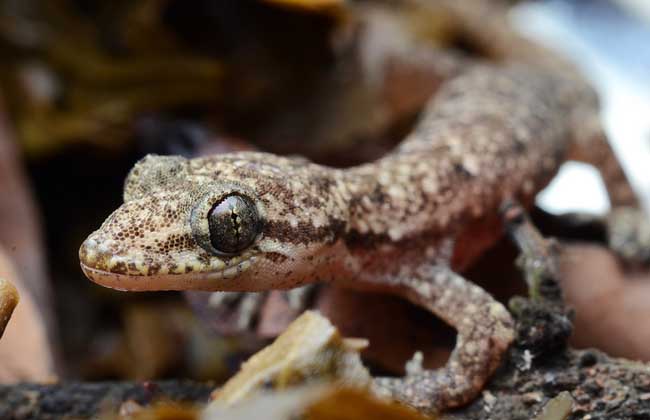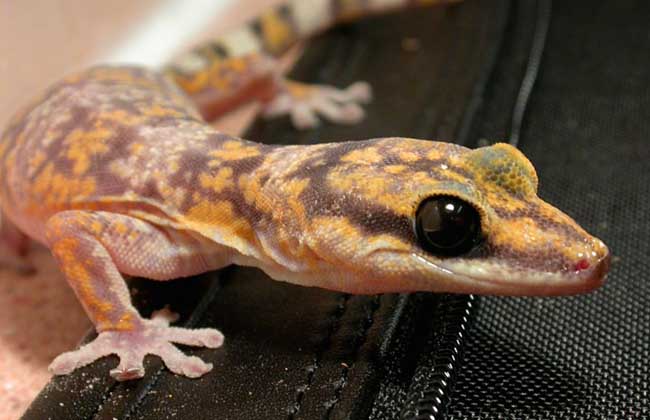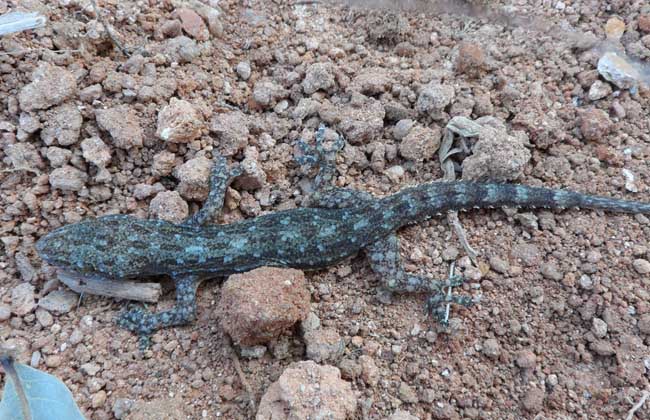Why can the tail of gecko regenerate?

Gecko, also known as gecko, four-legged snake, etc., is a kind of lizard. When you are frightened or when you go to catch it, as soon as you touch it, the tail will be immediately broken, and the gecko will take the opportunity to escape. The most amazing thing is that the gecko's tail is not only movable, but also can be regenerated. Let's take a look at why the gecko's tail is broken.
Why did the gecko cut off its tail?
The amputation of the tail of a gecko is a kind of "self-defense". When it is pulled by an external force or encountered by an enemy, the tail muscles contract strongly, which can make the tail fall, and sometimes it can beat because there are nerves in it. this phenomenon is called "self-cutting" in zoology.
The gecko can still move when its tail is broken.
When the gecko is attacked by the enemy, its muscles contract violently, causing the tail to break off. Because the tail stores energy in the form of glycogen rather than simply in the form of fat, and glycogen releases energy more easily than fat, the nerves and muscles of the newly severed tail are not yet dead and will quiver on the ground, which can divert the attention of natural enemies.
Why can the tail of gecko regenerate?
The gecko will grow a new tail after a few days, but it is short and thick compared with the original tail. The reason why the gecko's tail can be regenerated is that there is a hormone in the gecko's body, which can regenerate the tail. When the gecko's tail is broken, it will secrete this hormone to make the tail grow out, so that the wound from the mutilated face will soon heal and form a tail bud base. After a period of cell division and growth, and then into the differentiation stage of the formation of scales, and finally grow a new regenerated tail, when the tail is good, it will stop secreting.
What is the function of the gecko's tail?
1. Protective effect: when the gecko encounters enemy harm, it will break its tail, and there are many nerves in the tail. After leaving the body, the nerve function does not disappear immediately, and the tail can still wiggle to attract the attention of the enemy, but the gecko slips away.
2. Taxiing function: the gecko's tail plays an active role in vertical climbing and taxiing. It can rely on the tail to prevent falling from the vertical smooth surface. Even if it falls, it will also rely on the tail to adjust itself in the air, just like a skydiver and finally land safely.
3. fifth leg: when a gecko loses traction, it sticks its tail to the surface to prevent it from slipping back until its toes gain grip again, all in milliseconds because geckos can climb a wall at a speed of 3 feet per second and change their feet 30 times per second.
Related
- A course of planting techniques and methods on how to grow carrots
- How to plant the latest tulips?
- Is it better to pick tea in the morning or in the afternoon? When is the best time for tea to be picked? what is the third or fifth tea?
- Launch Yuanxiao Happy combination Haocha + Tea Yuan healthy Taste
- Penghu Tourism "Fireworks 20 Parade with You"
- 2022 West Lake Happiness holds "Digital Revitalization Voucher" and draws iphone13 and laptop.
- Banqiao Fuzhou social houses are designed to change start-up combined with police elimination to create a safe and livable environment
- The convenient measure of "mechanical weeding" in Xinbei has been abused and the Agriculture Bureau has imposed heavy penalties on the illegal land consolidation.
- Changgeng University Joins Hands with Four Memory Factories to Rescue Memory Talent Shortage
- The list of Taiwan's top 100 MVP managers is listed by the Director-General of the Farmers' Association of Sanxia District.



